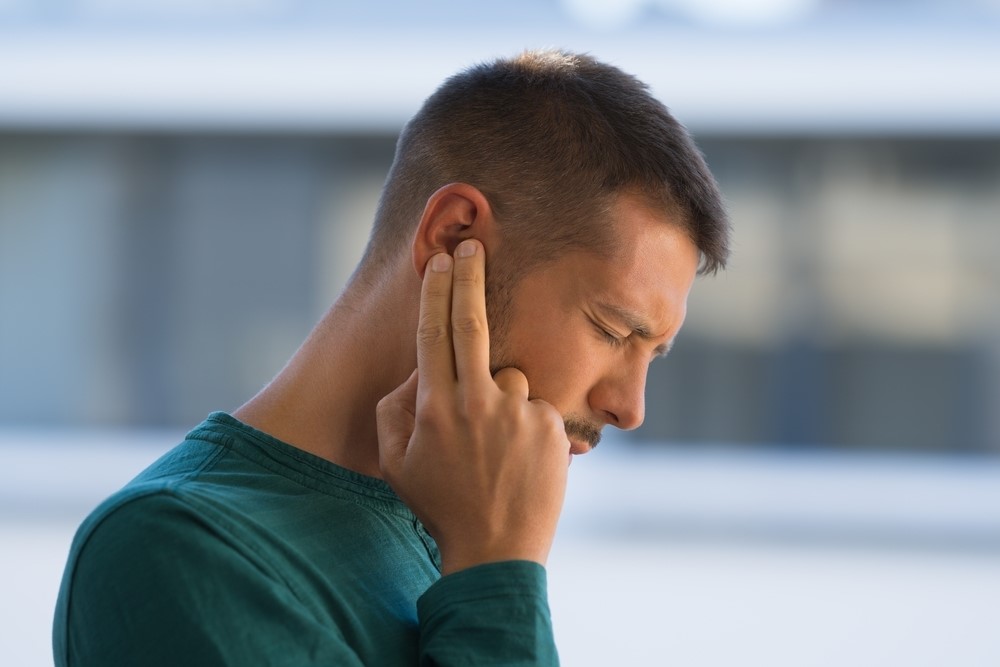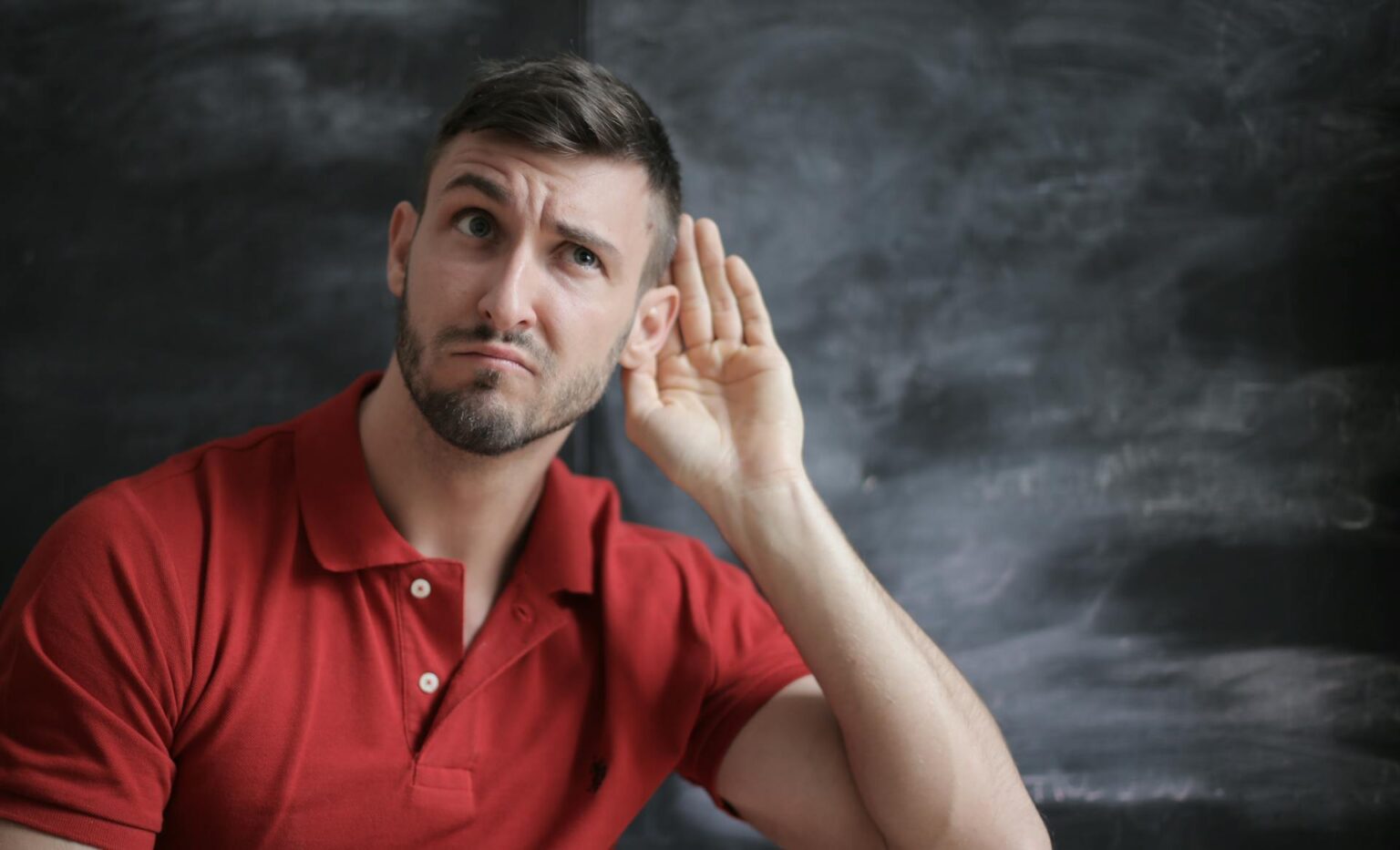Most people at some point have felt as if they have excess ear wax and you are not alone if you use earbuds to clean inside your ears. At Regain Hearing, our audiologists are often asked what causes ear wax and why it builds up,
We hope to answer your questions if you have ever wondered about ear wax and what to do if you think you may have an ear wax blockage. However, if you prefer to chat, feel free to contact us for a free consultation for ear wax removal.
What Causes Ear Wax?
Ear wax may seem yucky, but it is actually a vital defence mechanism. It cleans your ear canals, provides a barrier against water and stops dirt or debris from getting into the inner ear and causing ear infections or damage. Ear wax is a waxy oil called cerumen made by glands in the outer ear canal.
A small amount of ear wax will often naturally be expelled through your ear opening, where it simply falls out. But many people often feel as if they have too much ear wax. You may feel irritation or notice a discharge if you have built-up ear wax that starts to block your ear canal.
Five Causes of Earwax Buildup
Earwax buildup and blockages can be due to:
- Using earbuds
- Narrow or damaged ear canals
- Lots of fine ear hairs in your ear canal
- Skin conditions
- Inflammation of your ear canal.
Nine Common Symptoms of Earwax Buildup
Poor hearing may seem like an obvious sign you have excess ear wax blocking your ear canal. But hearing that has gradually worsened may not be due to ear wax blockage. This is why it’s so important to have an audiology appointment to investigate the cause of hearing loss.
During a hearing test, an audiologist can use video otoscopy to check inside your ears to ensure there are no other causes of hearing loss. Plus, at Regain Hearing clinics in London and Kent, following a video otoscopy, our audiologists can perform microsuction to safely and immediately clear ear wax blockages if ear wax is the problem.
Wondering if ear wax is causing your symptoms? Here are nine common signs of ear wax buildup:
- Hearing loss or muffled hearing
- Earache or pain
- Feeling that your ears are blocked
- Ringing or buzzing noise in your ears
- Loss of balance, dizziness and feeling sick (vertigo)
- Persistent cough
- Itchiness inside the ear
- Odour
- Discharge from the ear.
Can You Treat Ear Wax Buildup Yourself?
Treating earwax buildup by trying to “poke” earwax out of your ear canal with a cotton bud, hairpins, or any other tool is extremely dangerous. Not only will you actually make the wax more impacted, but it could also easily lead to a ruptured eardrum. The only safe way to treat earwax buildup at home is with ear drops.
You may have heard you can use olive or almond oil to help soften ear wax, but this is generally not as effective as ear drops, which tend to contain hydrogen peroxide. Normally, it will take three to five days to clear ear wax with ear drops. If you have not noticed an improvement after two weeks, you will probably require professional ear wax removal.
Ear Wax Removal Candles
Ear candles are often sold as a proven and alternative way to remove ear wax.
There are many different types, known as Hopi ear candles, ear wax removal cones and ear wax candles. They are made from natural products, but this does not mean they are safe! They claim to work by causing pressure to help loosen ear wax, but research into ear candles indicated this is not true. Even more concerning, if any wax from the candle accidentally ends up in the ear, surgery may be needed to remove it, and can cause a perforated eardrum and hearing loss.
If you have ever had treatment with ear candles or used them yourself, you might have been told that the dark brown sticky substance at the end of them is ear wax. However, this is not the case; this substance is a mixture of moisture paraffin and the fabric from which the candle is made.
All ear candles — even if the candle is made of pure beeswax — will still leave a residue that is a mixture of minuscule carbon particles from the wax. You can test this by letting an ear candle burn away outside your ear, then take a look, and you will see the candle itself causes the residue.
Common Questions
Can I get free ear wax removal on the NHS?
Doctors are no longer able to provide ear wax removal on the NHS. At Regain Hearing, we offer a free consultation if you think you may need microsuction ear wax removal.
Can I prevent earwax buildup?
If you suffer from a repetitive buildup of earwax, it may be advisable to use eardrops a few days every month. This will help keep ear wax soft, so it is less likely to become compacted and should naturally fall out.
Is microsuction better for earwax removal than syringing?
Microsuction is a safer way to remove wax because it does not require water, which is used when syringing ears. This reduces the risk of bacteria and ear infections.
How often is it safe to get microsuction?
There is no set amount of times you can get microsuction for ear wax removal. On average, it is unlikely you would need it done every six months.
Does microsuction work instantly?
Microsuction ear wax removal instantly clears the ear canal, bringing immediate relief from symptoms caused by a buildup of ear wax.
Does microsuction ear wax removal hurt?
Microsuction ear wax removal may feel a little uncomfortable, but it shouldn’t hurt as it only uses low-pressure suction.
How long does microsuction take?
On average, a microsuction appointment will take around 20 minutes to treat both ears.
If you have reduced hearing or irritation or pain inside your ear, you may have a buildup of earwax. Enquire about microsuction with one of our leading audiologists in London, Kent and Essex.







